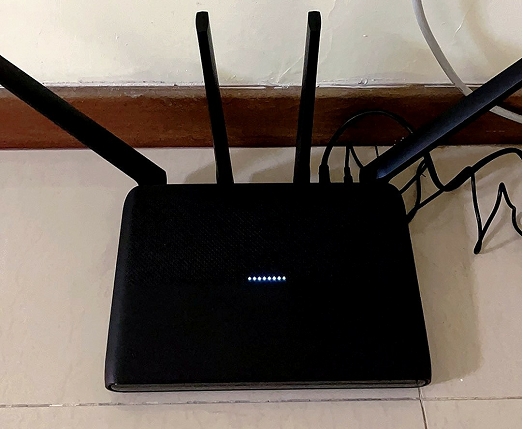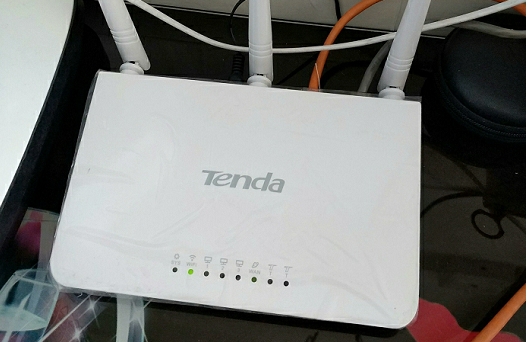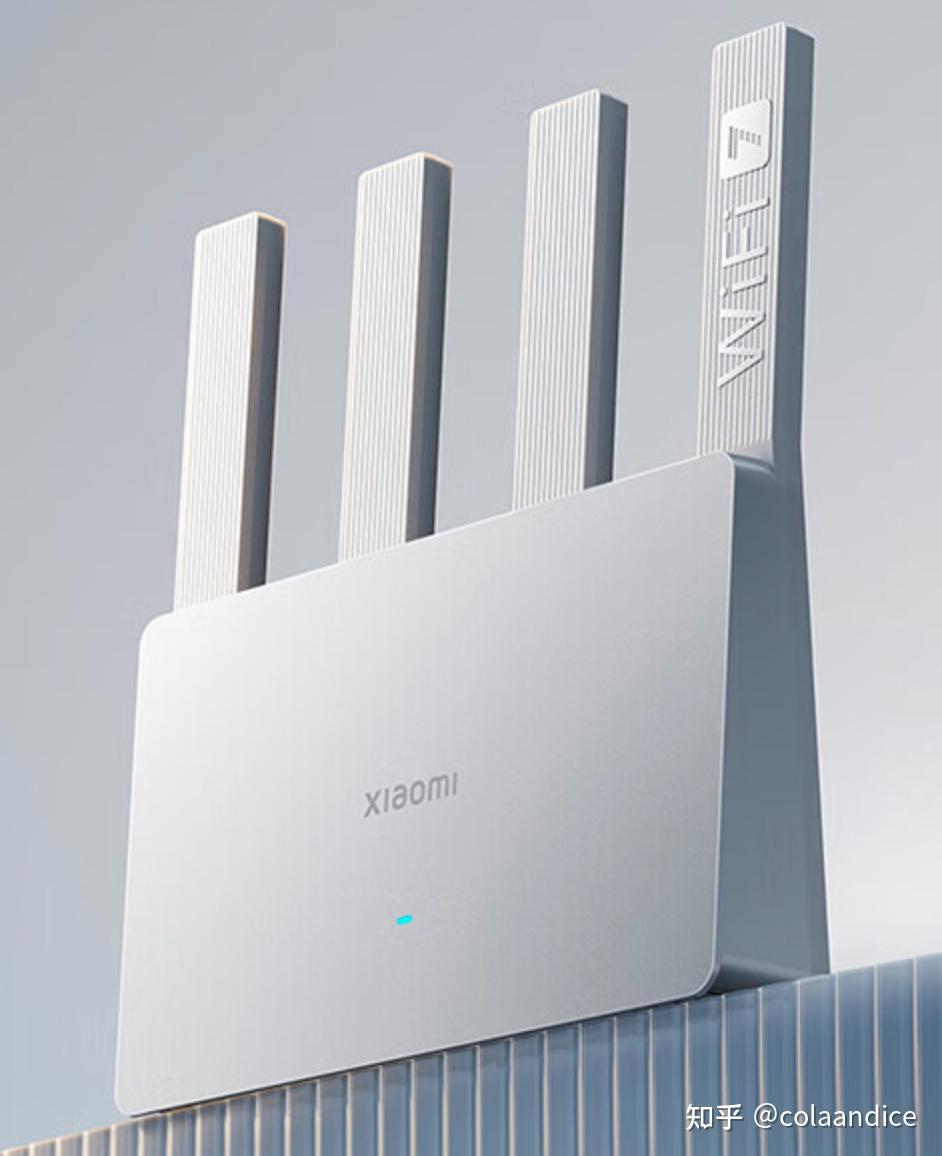微信的英文怎么写的(微信英文)
 82人看过
82人看过
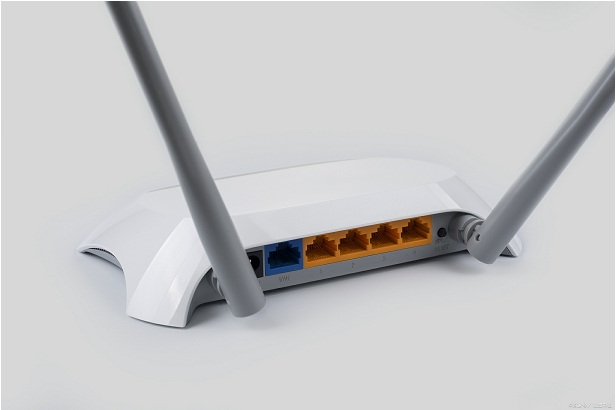
<>
Comprehensive Analysis of WeChat's English Terminology
WeChat, as a global phenomenon in the realm of social media and mobile applications, has established itself as a multifaceted platform that transcends its original messaging purpose. The English terminology associated with WeChat is not merely a translation but a cultural and functional adaptation to international markets. Understanding how to accurately and effectively write about WeChat in English involves delving into various aspects, including branding, technical jargon, user interface elements, and marketing strategies. This article aims to provide a detailed exploration of WeChat's English terminology across eight critical dimensions, offering insights into how the platform communicates its features and values to a global audience.

Branding and Official Nomenclature
The term "WeChat" itself is a prime example of the platform's branding strategy. Unlike its Chinese name "微信" (Wēixìn), which translates to "micro message," the English name combines "We" to emphasize community and "Chat" to highlight communication. This choice reflects the platform's evolution from a simple messaging app to a comprehensive social ecosystem.
Official documents and press releases consistently use "WeChat" as the brand name, avoiding variations like "We Chat" or "We-chat." This uniformity ensures brand recognition and prevents confusion. For instance, the parent company Tencent always refers to the platform as "WeChat" in its English communications.
Key branding elements include:
- Logo: The green speech bubble with two white chat lines is universally recognized.
- Slogan: "A Way of Life" is the official English tagline, encapsulating the app's omnipresence in daily activities.
- Sub-brands: WeChat Pay, WeChat Mini Programs, and WeChat Work (now rebranded as WeCom) maintain the "WeChat" prefix for consistency.
| Term | Official English | Common Misuse |
|---|---|---|
| 微信 | We Chat, We-chat | |
| 微信支付 | WeChat Pay | Weixin Pay, WeChat Wallet |
| 小程序 | Mini Program | Small Program, Applet |
User Interface Localization
The English version of WeChat's interface demonstrates careful localization to cater to global users. Menu items and buttons are translated with clarity and simplicity, ensuring intuitive navigation. For example, the "Discover" tab replaces the Chinese "发现" (Fāxiàn), which literally means "discover," but the English version includes sub-features like "Moments," "Scan," and "Shake."
Cultural adaptations are evident in feature names. "Moments" (朋友圈, Péngyǒu quān) is a creative translation that captures the essence of sharing life updates with friends, whereas a literal translation would be "friend circle." Similarly, "WeChat Out" for international calling services avoids direct translation, opting for a name that conveys functionality.
Common UI terms in English include:
- Chats: The main messaging interface.
- Contacts: Where users manage their friend list.
- Me: Personal profile and settings.
| Chinese UI Term | English UI Term | Description |
|---|---|---|
| 聊天 | Chats | Primary messaging screen |
| 通讯录 | Contacts | Friend list and contact management |
| 我 | Me | Personal profile section |
Technical Documentation
Technical documentation for developers and businesses using WeChat's platform adheres to specific English terminology. The WeChat Open Platform provides APIs and tools for third-party integration, with terms like "JS-SDK" for JavaScript interfaces and "OAuth 2.0" for authentication protocols. These terms are standardized to align with global tech practices.
For Mini Programs, the documentation uses "app.json" for configuration files and "WXML" (WeiXin Markup Language) for structuring pages. This consistency helps developers familiar with web technologies to transition smoothly into WeChat's ecosystem.
Key technical terms include:
- API: Application Programming Interface for backend services.
- SDK: Software Development Kit for building Mini Programs.
- QR Code: Quick Response codes for user scanning.
| Technical Term | Definition | Usage Context |
|---|---|---|
| JS-SDK | JavaScript SDK for WeChat features | Web development |
| WXML | WeiXin Markup Language | Mini Program UI structure |
| OpenID | Unique user identifier | User authentication |
Marketing and Advertising
WeChat's marketing materials employ persuasive and culturally adapted English to appeal to global audiences. Campaigns often highlight features like "WeChat Pay" for cashless payments or "Mini Programs" for lightweight apps. The language is concise, focusing on benefits such as convenience, speed, and integration.
Slogans and taglines are crafted to resonate with Western consumers. For example, "Life is at WeChat" emphasizes the app's centrality to daily routines. Advertisements avoid direct translations of Chinese idioms, opting instead for relatable English phrases.
Common marketing terms include:
- Cashless Payments: Promoting WeChat Pay's functionality.
- Social Commerce: Highlighting shopping within the app.
- Global Connectivity: Emphasizing cross-border communication.
Legal and Compliance Terminology
Legal documents related to WeChat, such as terms of service and privacy policies, use precise English terminology to ensure compliance with international regulations. Phrases like "data processing agreement" and "user consent" are standardized to meet GDPR and other legal requirements.
The platform's approach to user data is described with terms like "encryption," "anonymization," and "third-party sharing," which are clearly defined to avoid ambiguity. This clarity is crucial for maintaining trust in global markets.
Key legal terms include:
- GDPR: General Data Protection Regulation compliance.
- EULA: End User License Agreement.
- IP Rights: Intellectual property protections.
User Community and Slang
The global WeChat user community has developed its own slang and abbreviations in English. Terms like "WeChatting" (using WeChat to message) and "Moments post" (sharing updates) are colloquially accepted. These informal terms reflect the platform's integration into daily vernacular.
In expatriate and diaspora communities, phrases like "Add me on WeChat" or "Scan my QR" are commonplace. The app's features have inspired verbs like "to WeChat" someone, showcasing its linguistic impact.
Popular community terms include:
- Red Packet: Digital gifts during holidays.
- Sticker: Custom emojis for chats.
- Official Account: Brand or celebrity profiles.
Academic and Research Contexts
In academic papers and research studies, WeChat is referred to with standardized terminology to maintain scholarly rigor. Researchers use terms like "social media platform," "mobile payment system," and "super app" to describe its multifunctionality.
Case studies often analyze WeChat's "ecosystem," encompassing messaging, payments, and Mini Programs. This terminology helps situate WeChat within broader discussions about technology and society.
Key academic terms include:
- Super App: An all-in-one mobile application.
- Digital Ecosystem: Integrated services within WeChat.
- User Engagement: Metrics for interaction and retention.
Comparative Analysis with Other Platforms
Comparing WeChat's English terminology with other platforms like WhatsApp or Facebook Messenger reveals distinct branding and functional differences. While WhatsApp uses "Status" for updates, WeChat employs "Moments." Similarly, "Stories" on Facebook are analogous to "Moments" but with different features.
Payment services also diverge; WeChat Pay competes with Apple Pay and Google Pay, each with unique terminology. These comparisons highlight how WeChat's English terms carve out its niche in the global market.
| Feature | WeChat Term | Competitor Term |
|---|---|---|
| Updates Feed | Moments | Status (WhatsApp) |
| Payment Service | WeChat Pay | Apple Pay |
| Lightweight Apps | Mini Programs | Instant Apps (Google) |
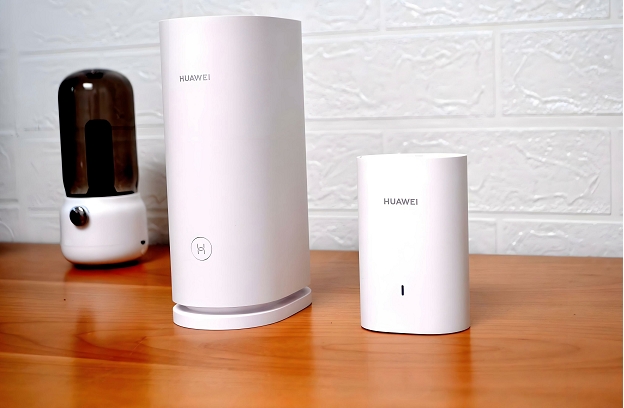
WeChat's English terminology is a dynamic and evolving aspect of its global presence. From branding to technical documentation, each term is carefully chosen to reflect the platform's functionality and cultural adaptability. The consistency in official nomenclature, coupled with the organic development of community slang, underscores WeChat's dual role as a corporate entity and a social phenomenon. As the platform continues to expand, its English terminology will likely adapt to new features and markets, further solidifying its position as a leader in the digital landscape. Understanding these nuances is essential for anyone looking to engage with WeChat in a professional or personal capacity, ensuring clear and effective communication across cultural and linguistic boundaries.
 274人看过
274人看过
 53人看过
53人看过
 413人看过
413人看过
 235人看过
235人看过
 67人看过
67人看过
 367人看过
367人看过

